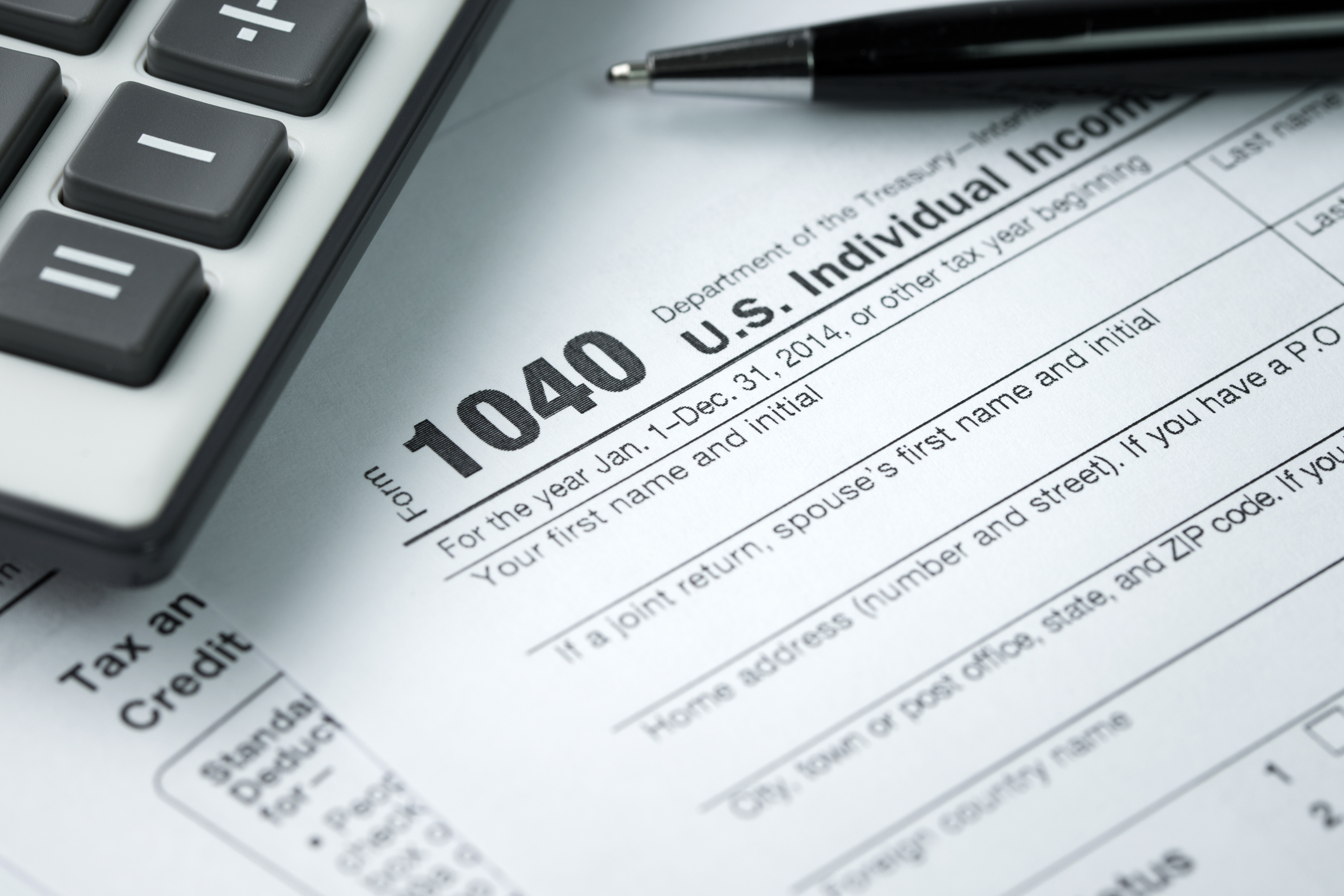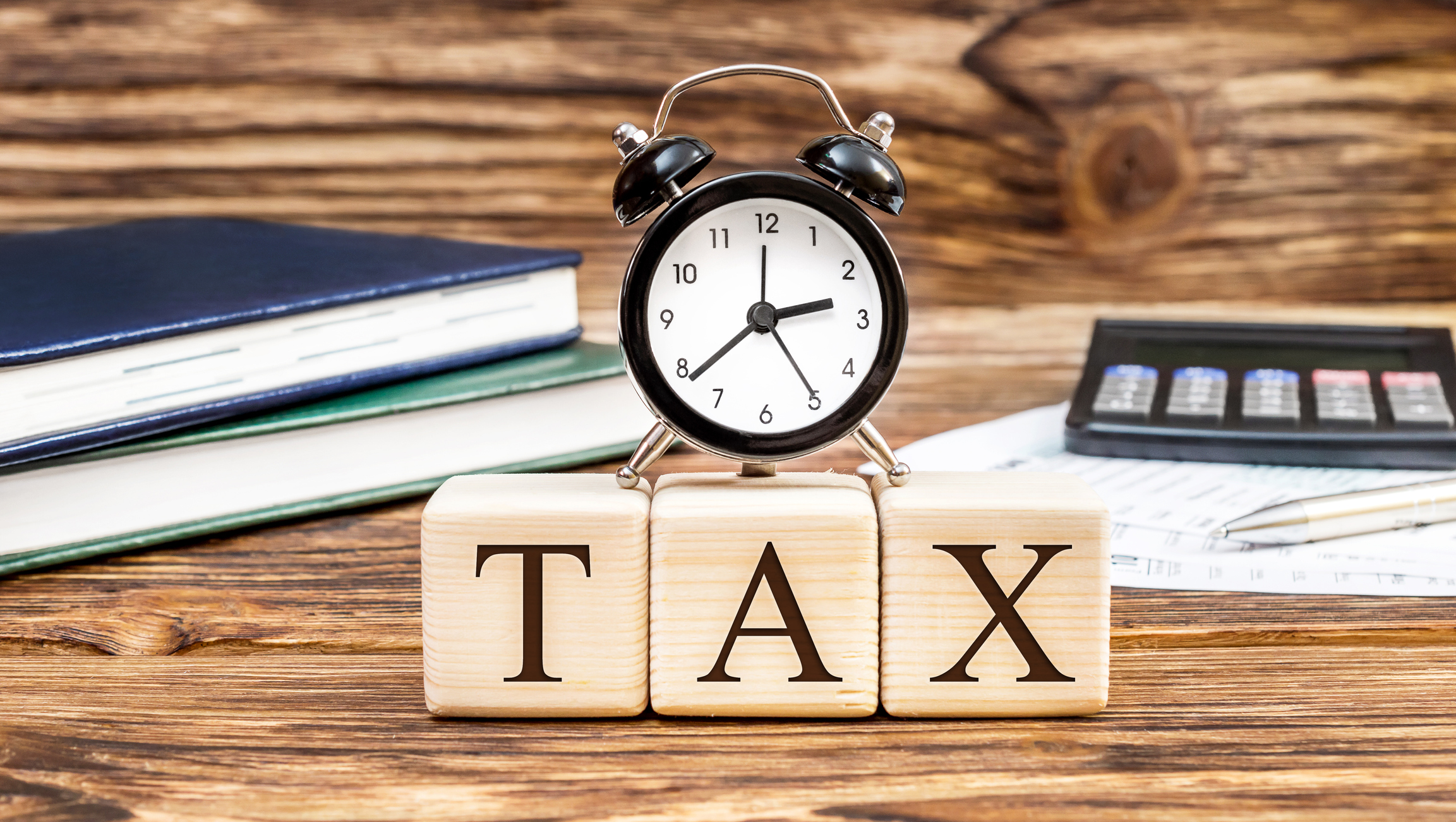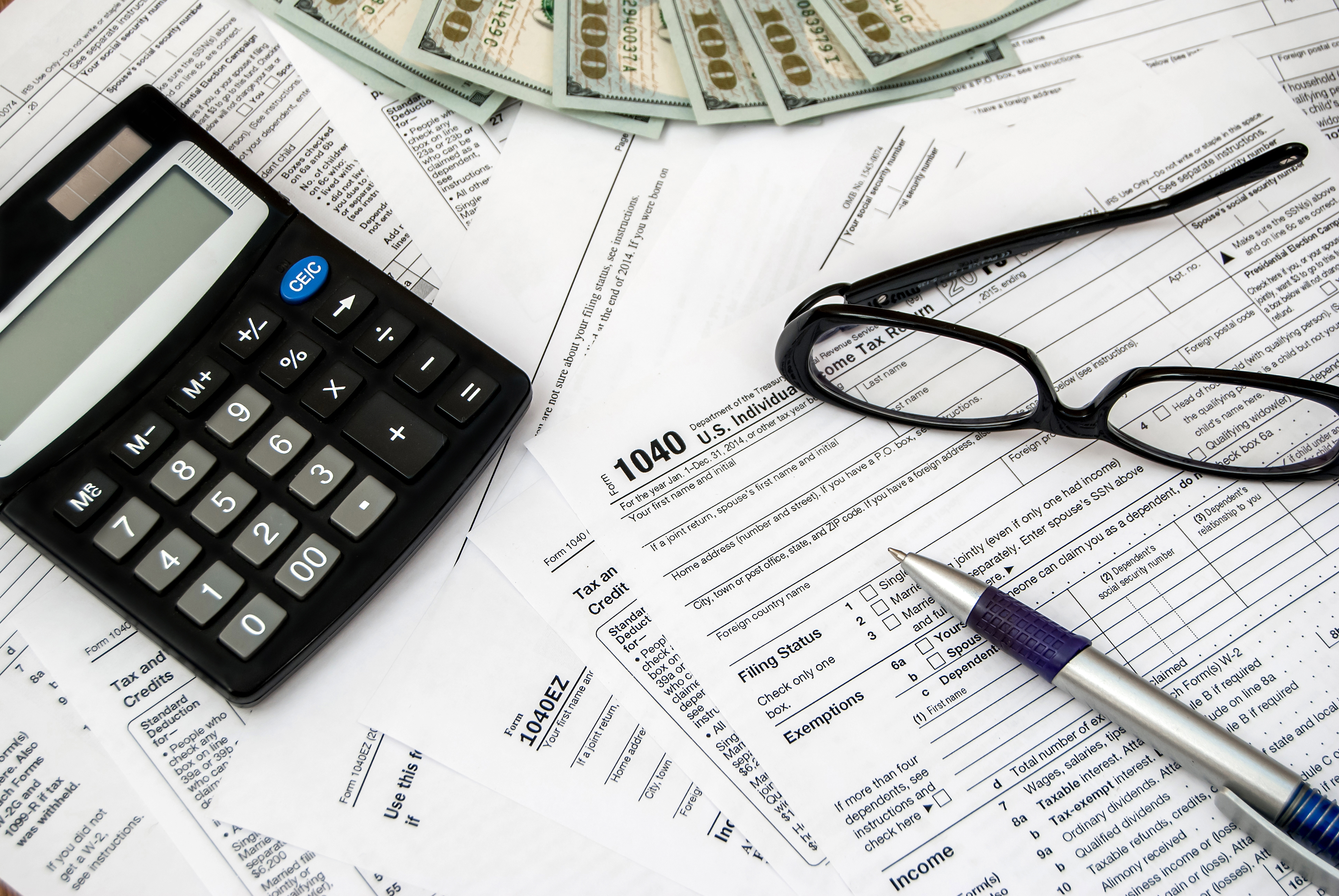Tax loss harvesting is a strategy for reducing your taxable income by selling investments that have dropped in value to offset some of your capital gains. You then put the money from the investment you sold into an asset that fits a similar role in your portfolio. Tax loss harvesting can be an effective way to lower your tax bill, but it has some major limitations.

How tax loss harvesting works
Tax loss harvesting is a strategy investors use to lower their taxable income and adjust their portfolios by selling investments that are losing money and offsetting the losses against their capital gains from other investments. The money is then used to buy other assets so that your portfolio can continue to grow.
These are the basic steps for tax-loss harvesting:
- You identify and sell an underperforming asset.
- Use the loss to lower your capital gains and reduce your ordinary income by as much as $3,000 for the tax year.
- Reinvest the money from selling the asset into a similar investment (but not an identical investment, for reasons we'll discuss shortly).
You can deploy a tax loss harvesting strategy on your own or with the help of a financial advisor. Many of the top robo-advisor services also offer automatic tax loss harvesting.
Note that tax loss harvesting only applies to taxable accounts and investments. For example, the strategy won't work for a retirement account, like a 401(k) or IRA, because these accounts are tax-advantaged. If you have a traditional account, you'll invest pre-tax money and pay ordinary income taxes on withdrawals. Or if you have a Roth account, you'll invest post-tax money and receive tax-free withdrawals in retirement.
Rules for tax loss harvesting
The rules for tax loss harvesting can get complicated. Here are the most important rules you need to know.
Short-term vs. long-term capital gains
When you sell investments, your gains and losses are treated differently for tax purposes based on whether they're short-term (held for one year or less) or long-term (held for at least one year and one day). Short-term gains are taxable as ordinary income, with tax rates ranging from 10% to 37%. Long-term gains receive more favorable treatment, with rates ranging from 0% to 20%, though most people pay 15%.
You'll need to use long-term capital losses to offset long-term capital gains, then use short-term capital losses to offset short-term capital gains. If you then have one type of losses that exceed the same type of gains, you can use it to offset the other type of gains. For instance, if you had a net short-term loss of $1,000 and net long-term capital gains of $5,000, you could use the short-term loss to reduce your long-term gains by $1,000.
Offset limits and carry forward rules
You can only use capital losses to reduce your taxable income by $3,000 in a given year. However, you can carry forward losses into future years indefinitely.
For example, if you sold a stock and took a $12,000 loss, you could reduce your capital gains or taxable income by $3,000 this year and carry forward the remaining $9,000. You could then use your loss to lower your capital gains or taxable income by $3,000 for each of the next three years.
Wash sale rules
If you're planning to use tax loss harvesting, you'll need to adhere to the IRS wash sale rules. Essentially, you're prohibited from buying "substantially identical" shares of the same security 30 days before and 30 days after (61 days total, counting the day of the sale) selling the stock if you're taking the loss for tax purposes.
In other words, if you sold stock at a loss, you can't buy shares of the same company two weeks later and then declare the loss on your tax return. Wash sale rules prohibit your spouse from buying an identical stock within the 61-day window, too.
The rules for what constitutes a "substantially identical" security can get a bit murky. Check with a tax professional to ensure you comply with the rules.
Who can benefit from tax loss harvesting?
Tax loss harvesting probably won't be relevant to a lot of investors, but here are some situations where you might benefit from the strategy:
- You have a high income and often have large capital gains.
- You have significant investments in a taxable brokerage account.
- You're a frequent trader, or you tend to rebalance your portfolio a lot.
- You're a long-term investor, but you're seeking to shed your position in a stock you've lost confidence in.
Related investing topics
Example of a tax loss harvesting strategy
Suppose you invested $10,000 each in Stock A and Stock B. Your shares of Stock A doubled in value, and you sold them for $20,000. But Stock B has tanked, and your shares are now worth $5,000. You've lost hope for the stock and are ready to sell.
You have a capital gain of $10,000 from Stock A and a capital loss of $5,000 from Stock B. Let's assume you held both stocks for two years, so your profits will be treated as long-term capital gains.
You could use the loss from Stock B to lower your capital gains by $3,000 for the tax year in question through tax loss harvesting. You could then carry forward the remaining $2,000. You could use it to offset your capital gains or reduce your regular income by $2,000 in a subsequent tax year.



















